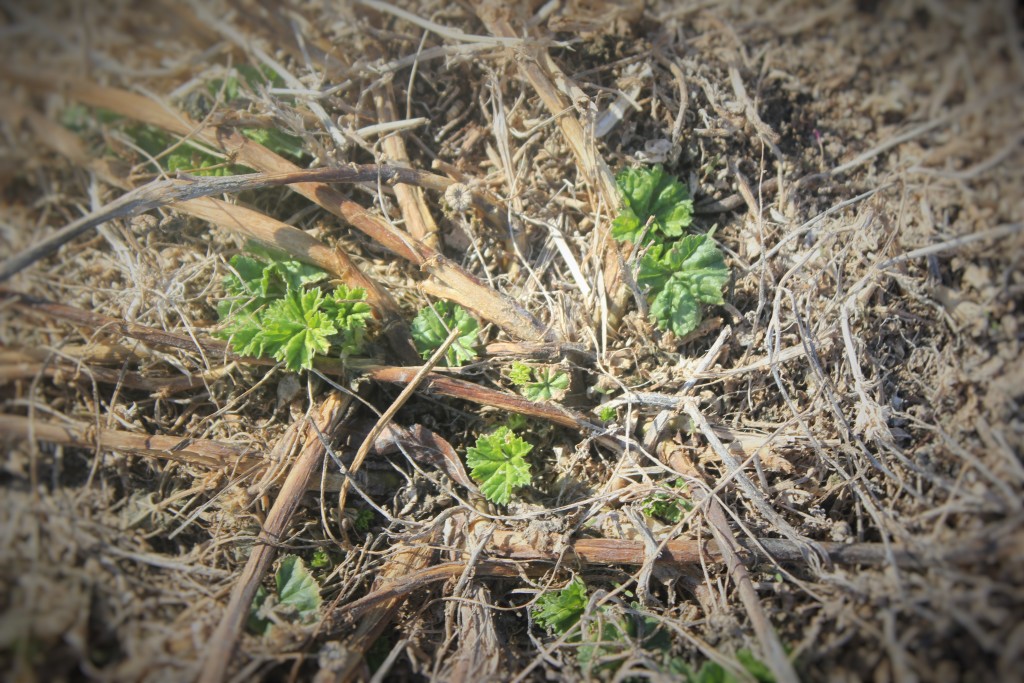
One of my little Mallow plants emerging, you can see the stems from last years plants dead and brown around the new growth. She will be a magnificent plant come summertime.
Every spring, when the snow has melted, finds me on the hunt for the first wild greens of the season, Dandelion is usually one of the very first wild edibles, but even before the Dandelion comes the quiet Common Mallow. She lies close to the ground with her delicate little flowers and unique leaves, she is usually called a weed and is sprayed and pulled, but she is much more. As kids we would eat the little flower buds and call them cheesies, little did we know the whole plant was edible and how incredibly nutritious our little “cheesies” were.
The common mallow is part of the large family of Malvaceae plants that include cotton, okra and hibiscus. It is an edible plant that has been used for medicinal care as well as food. The fruits are round and have cheese-like wedges which give the common mallow its nickname, cheese plant. Mallow stems are flexible and come from a central point, often lounging on the ground. This wild edible is used as herbal medicine in a variety of ways. It is an anti-inflammatory, diuretic, demulcent, emollient, laxative and an expectorant.
Distinguishing Features: Common mallow is a winter or summer annual or biennial, freely branching at the base, with a prostrate growth habit. It is a low growing weed, with a deep fleshy tap root. The seeds germinate through the summer and broken stems can also root. This plant has stems that originate from a deep tap root and are low spreading with branches that reach from a few centimeters to almost 60 centimeters long.
Flowers: The flowers are borne either singly or in clusters in the leaf axils blooming from June to late autumn. They have 5 petals and are white, pinkish or lilac flowers that measure on average, 1 to 1.5 cm across.
Leaves: Common mallow leaves are alternate, on long petioles, circular to kidney-shaped, toothed and shallowly 5-9 lobed, 2-6 cm wide. Short hairs present on upper and lower leaf surfaces, margins and petioles.
Height: This plant can grow anywhere from 10 to 60 cm in length.
Habitat: The common mallow likes to grow in lawns, gardens, roadsides, waste areas and cropland. It originated in Europe, Asia, and Northern Africa and is also in the Americas and Australia.
Edible parts: All parts of this plant are edible. The leaves can be added to a salad, the fruit can be a substitute for capers and the flowers can be tossed into a salad. When cooked, the leaves create a mucus very similar to okra and can be used as a thickener to soups and stews. The flavor of the leaves is mild. Dried leaves can be used for tea. Mallow roots release a thick mucus when boiled in water. The thick liquid that is created can be beaten to make a meringue-like substitute for egg whites. Common mallow leaves are rich in vitamins A and C as well as calcium, magnesium, potassium, iron and selenium.
Similar plants: Marshmallow.
http://www.ediblewildfood.com/mallow.aspx
I have never used Mallow medicinally, but this year I will, I have a large patch in my garden area and her little leaves are calling to me, I feel like there is a treasure waiting to be discovered in my little Mallow.
Mallow’s repute as a ‘cure-all’ medicine in the earlier times was owing to the fact that the herb, particularly its roots, encloses substantial quantity of mucilage (a glue-like substance secreted by some plants that are rich in protein and carbohydrates). Owing to the high presence of this jelly-like substance in mallow, rural herbal practitioners recommended the herb to heal digestive and urinary tract swellings and irritations (inflammations). However, mallow is more popular for its therapeutic qualities of relieving the mucous membranes lining the upper respiratory system, particularly when suffering from colds. In addition, the mucilage present in mallow also has the ability to control coughs set off by irritation or inflammation. Mallow is popular even today and is beneficial in healing several other ailments. For example, American Indians as well as modern herbal practitioners recommend using poultices (moist substances applied to injuries) prepared from the herb or its derivatives to alleviate pain or soreness from insect stings as well as swellings in the body.
http://www.herbs2000.com/herbs/herbs_mallow.htm
I am a voracious user of medicinal herbs, I have dozens sitting on my pantry shelves, and I make and drink herbal infusions (and make my family) daily. It is exciting to me to find an herb, such as this, growing not only in my garden, but in abundance. I take it as a sign, that she is to be harvested, used and loved.
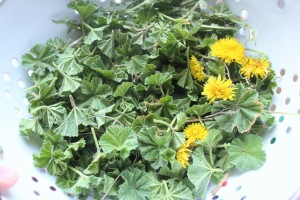
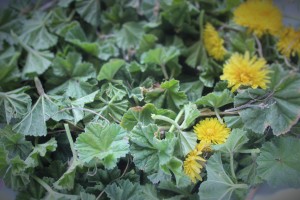
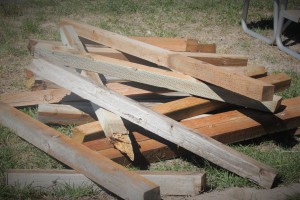
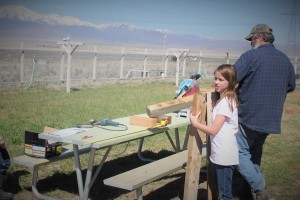
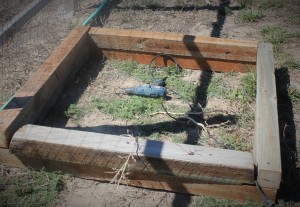
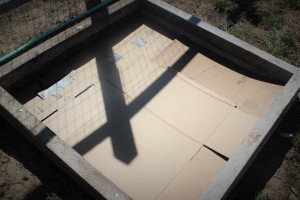
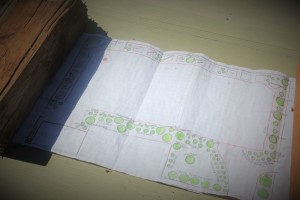
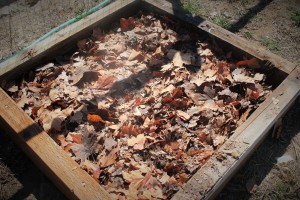
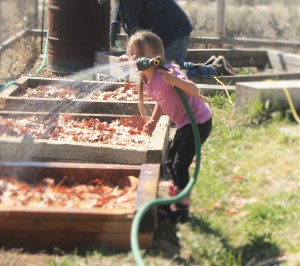
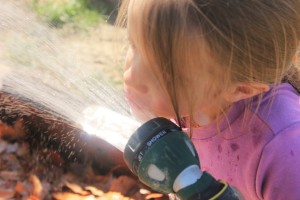
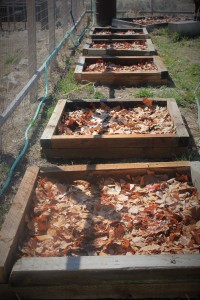
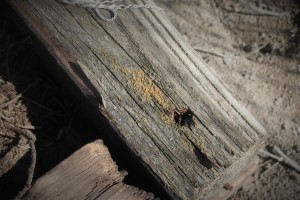
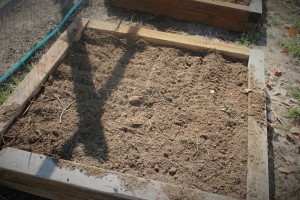
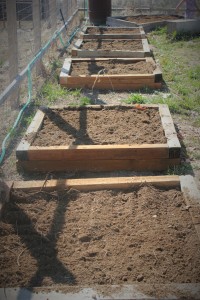
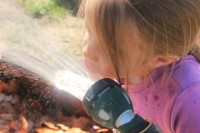

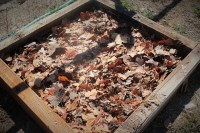
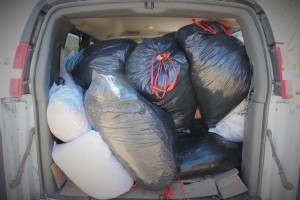 The leaves will be used to fill garden boxes, used in sheet mulching, composting and mulching around plants in the garden. Instead of languishing in a landfill they will be used to build something good, to fulfill the measure of their creations.
The leaves will be used to fill garden boxes, used in sheet mulching, composting and mulching around plants in the garden. Instead of languishing in a landfill they will be used to build something good, to fulfill the measure of their creations. 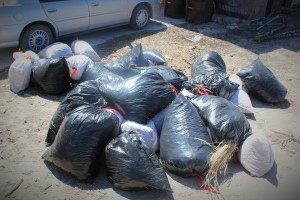
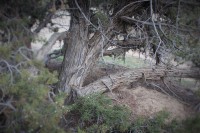
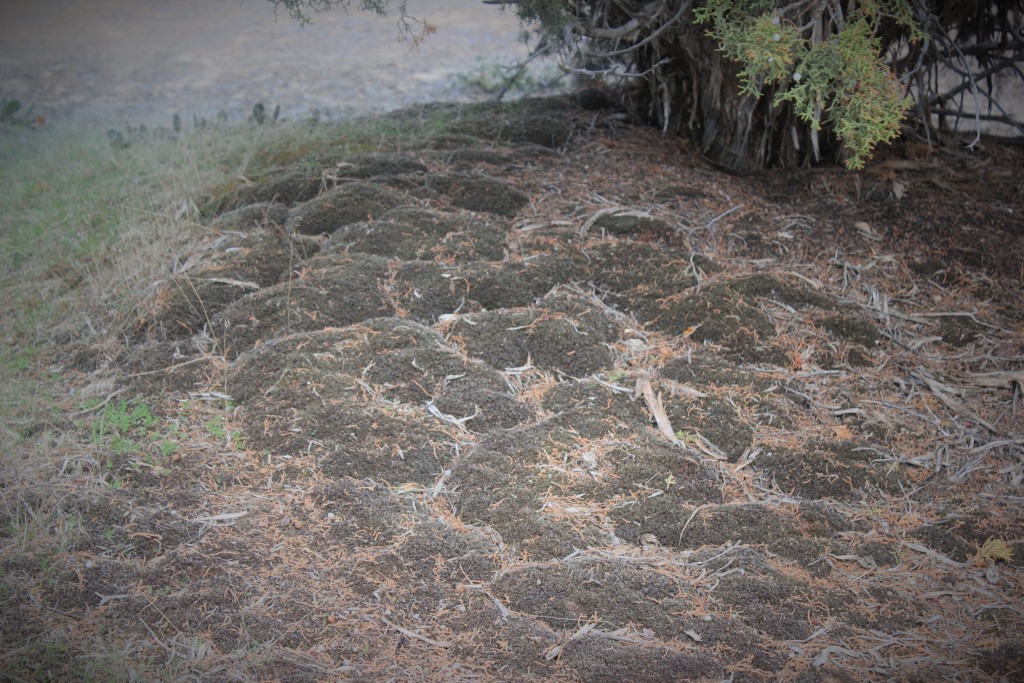
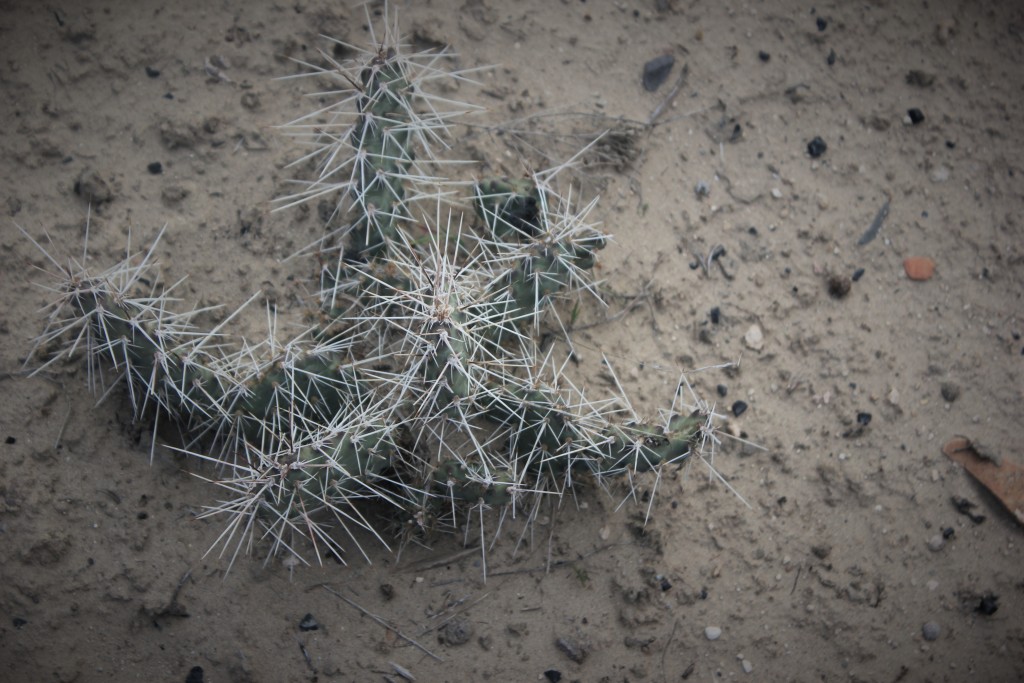
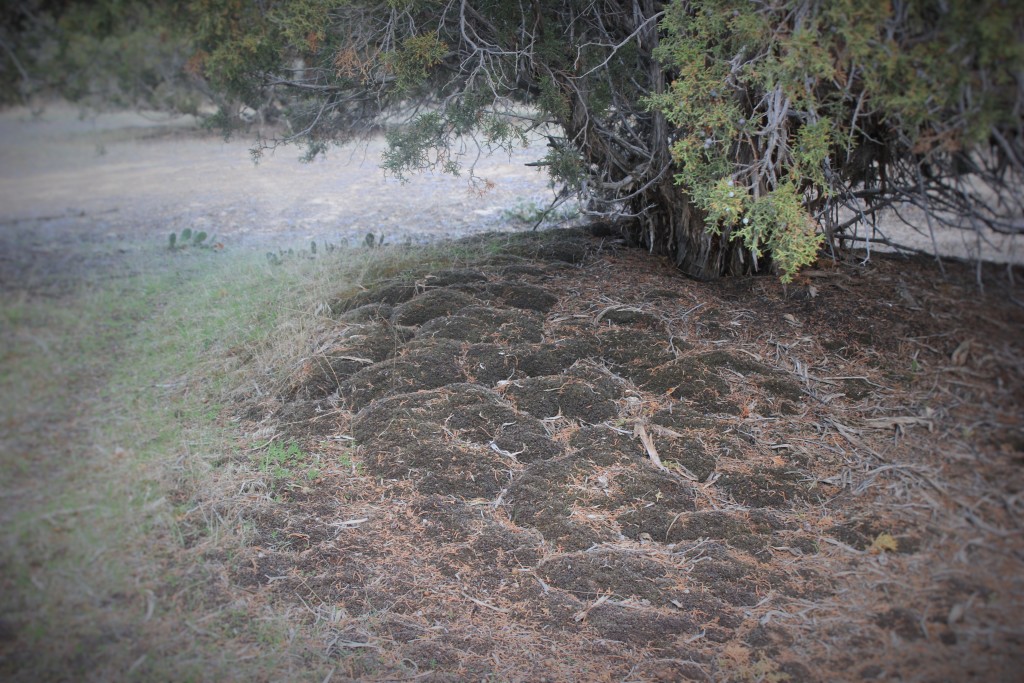
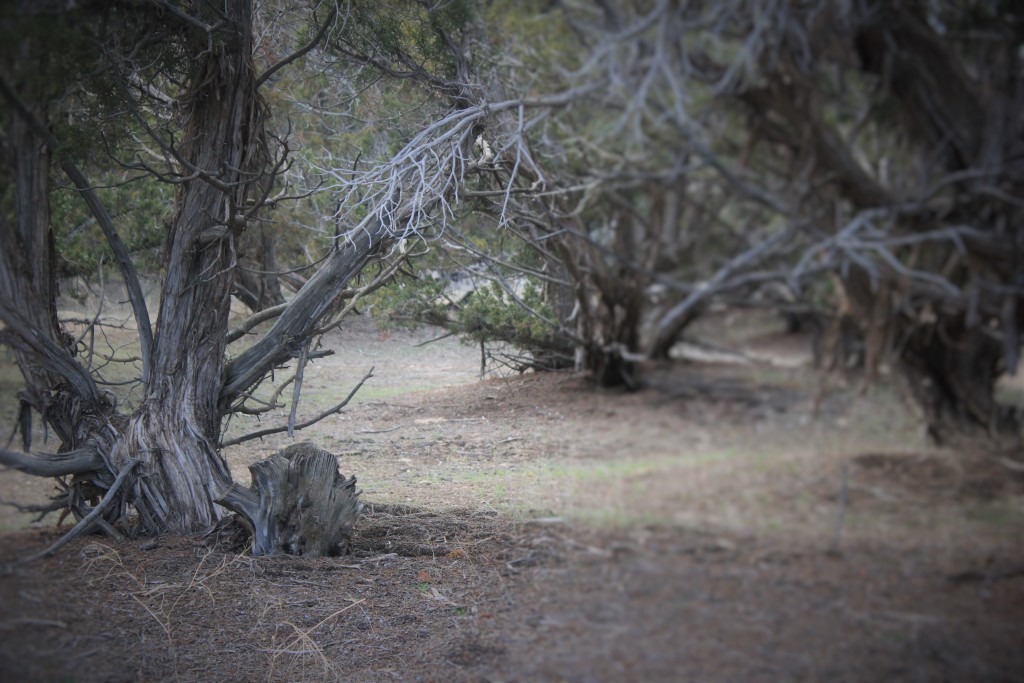
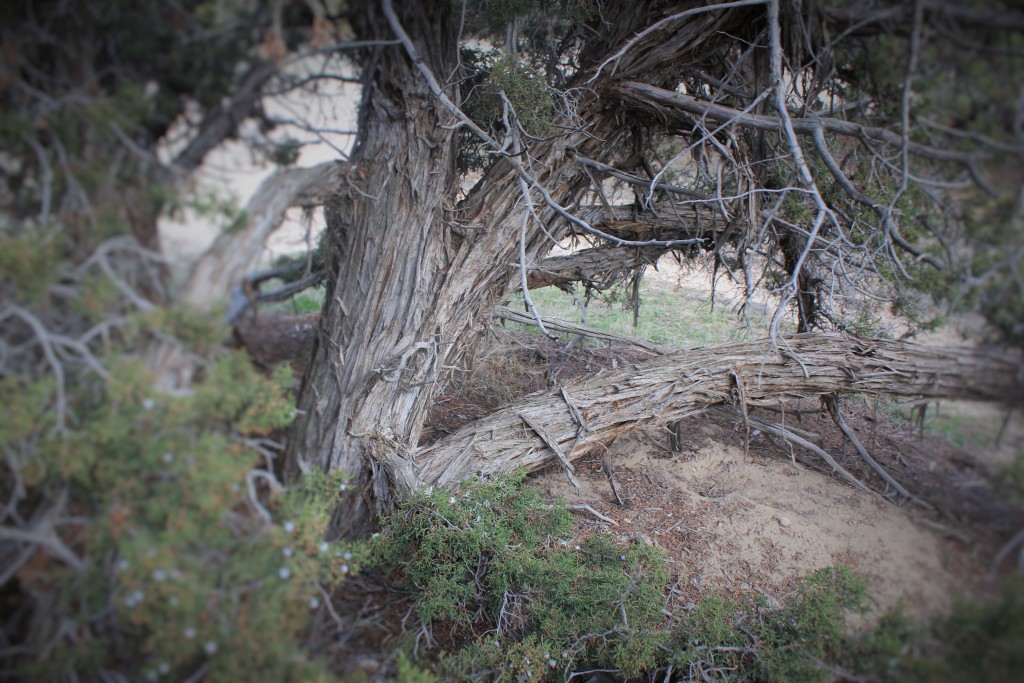
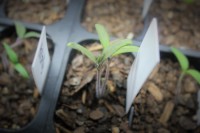
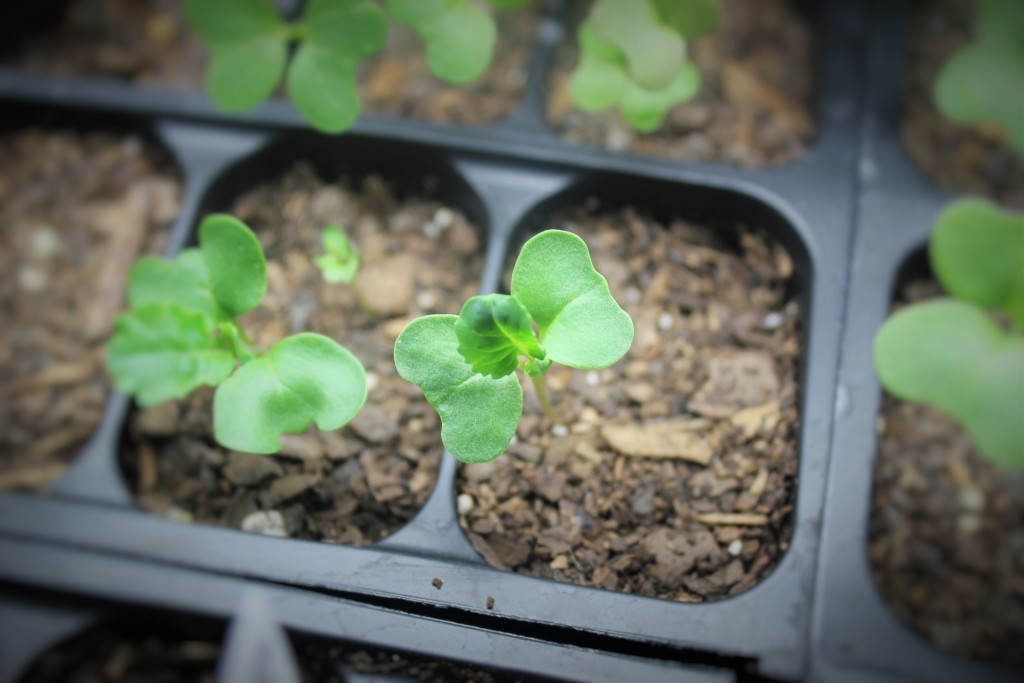
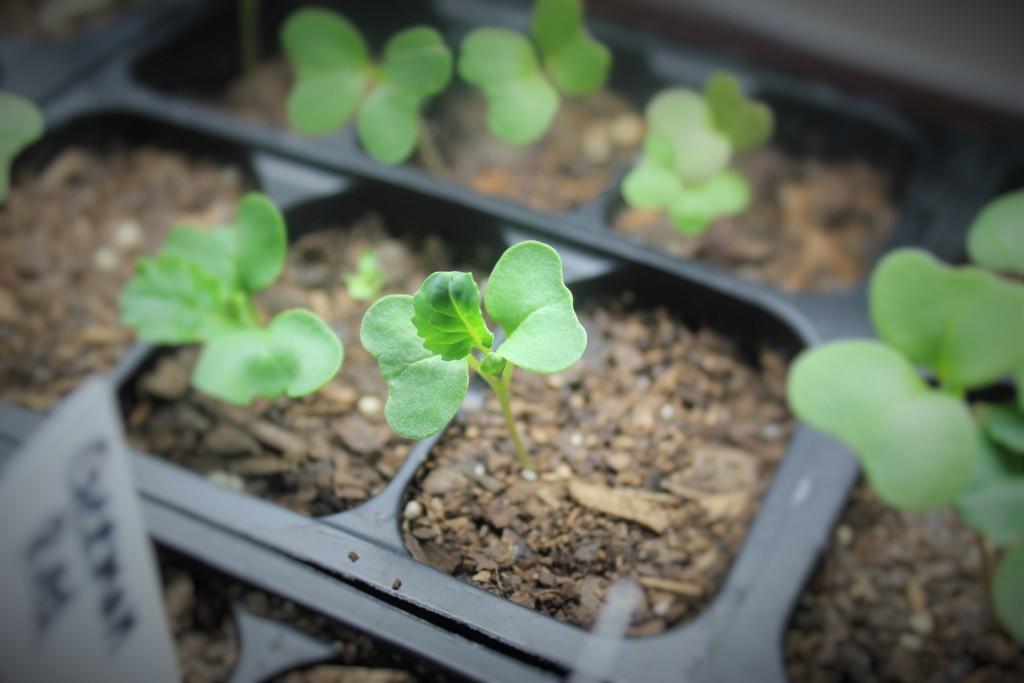
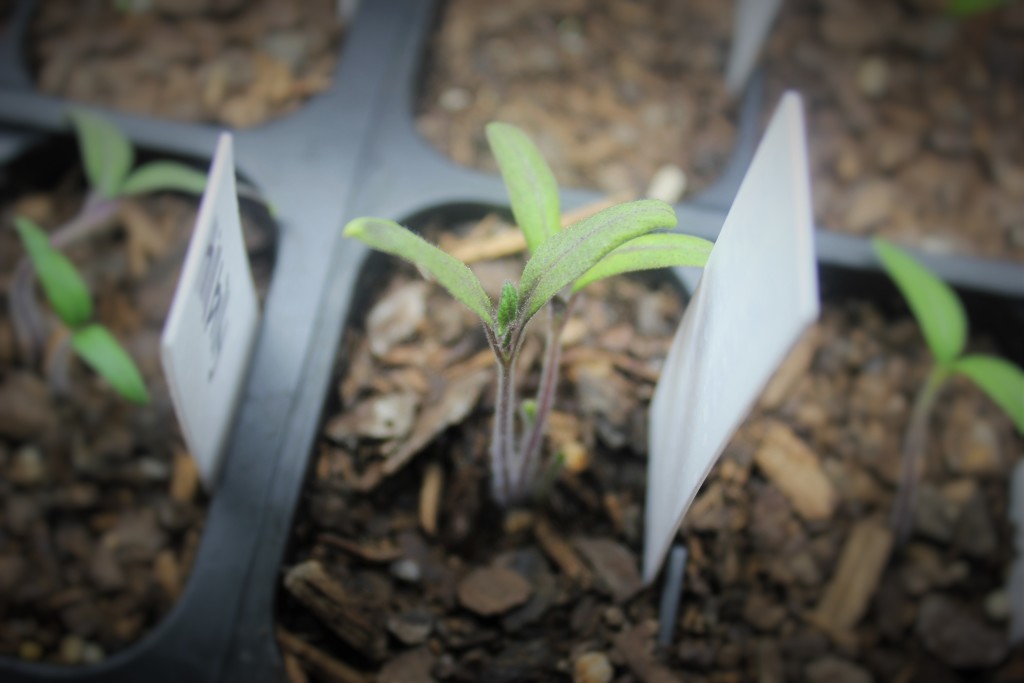 The tomatoes are also getting their secondary leaves, I am happy with their progress. The biggest trick with starting seedling in doors is making sure they have enough light so they don’t get “leggy” where the stem stretches long and thin, trying to reach enough light. It makes the plant weak. I keep the tomatoes under grow lights, the light hangs about an inch away from the seedlings, to prevent stretching. Within the next week I will set them out side in the full sun during the days and that too will help prevent stretching. The tomatoes have to be babied a little bit longer, they are a tender plant and can’t take any freezing. They will be safe in the garden about mid-May and I will wait until the first of May to start hardening them off, depending on night time temperatures.
The tomatoes are also getting their secondary leaves, I am happy with their progress. The biggest trick with starting seedling in doors is making sure they have enough light so they don’t get “leggy” where the stem stretches long and thin, trying to reach enough light. It makes the plant weak. I keep the tomatoes under grow lights, the light hangs about an inch away from the seedlings, to prevent stretching. Within the next week I will set them out side in the full sun during the days and that too will help prevent stretching. The tomatoes have to be babied a little bit longer, they are a tender plant and can’t take any freezing. They will be safe in the garden about mid-May and I will wait until the first of May to start hardening them off, depending on night time temperatures.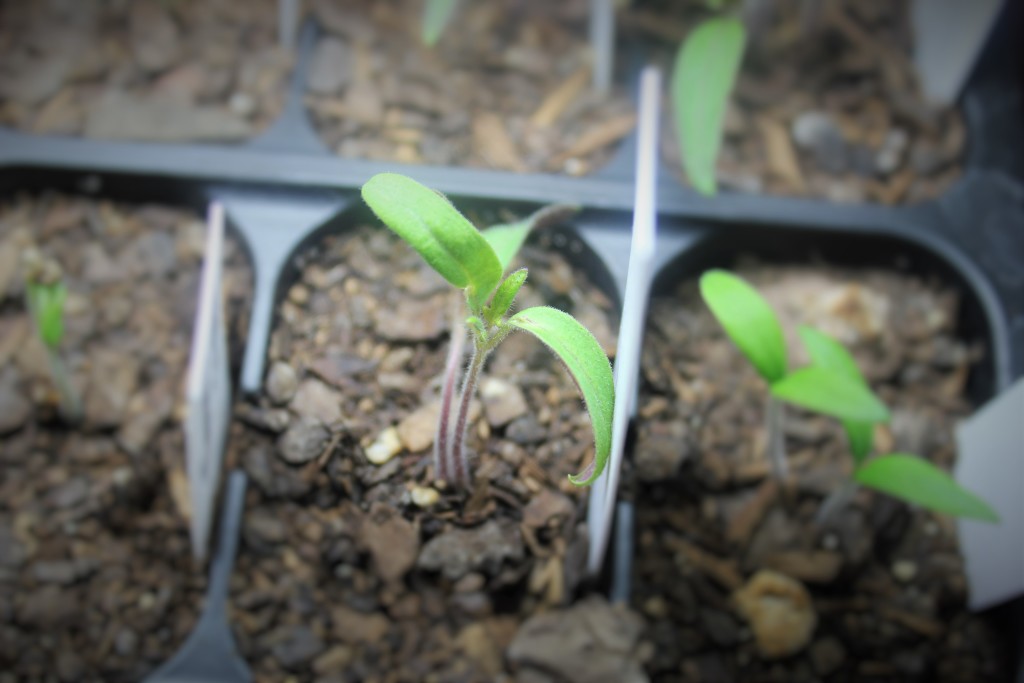
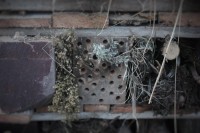
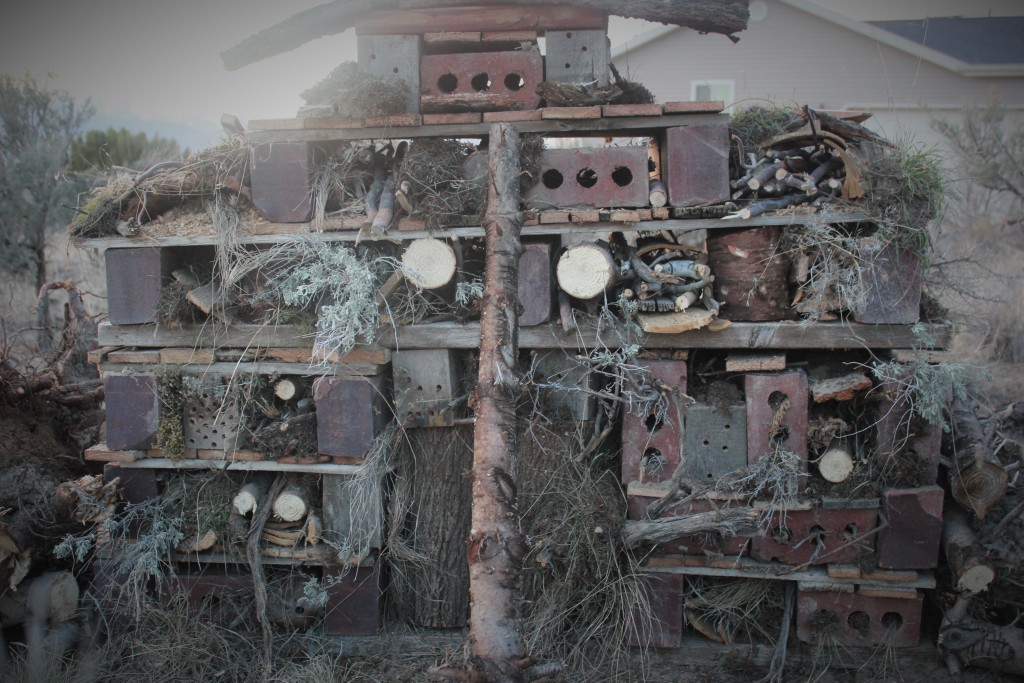
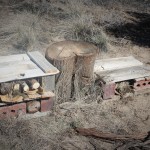
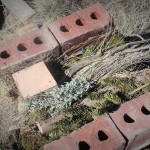
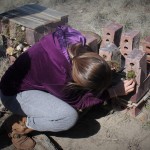
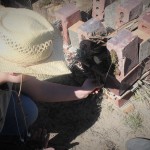
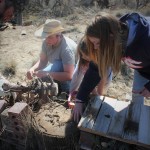
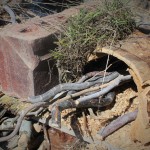
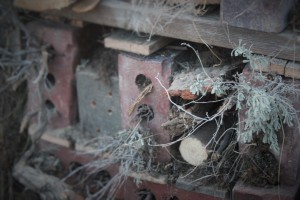
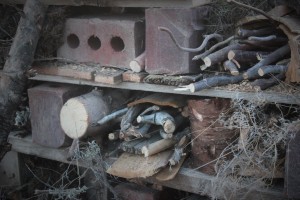
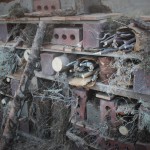
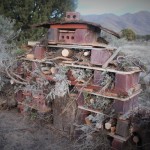
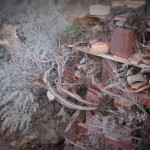
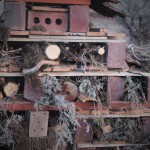
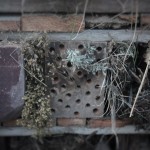
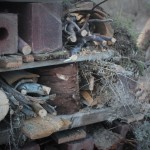
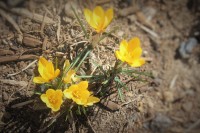
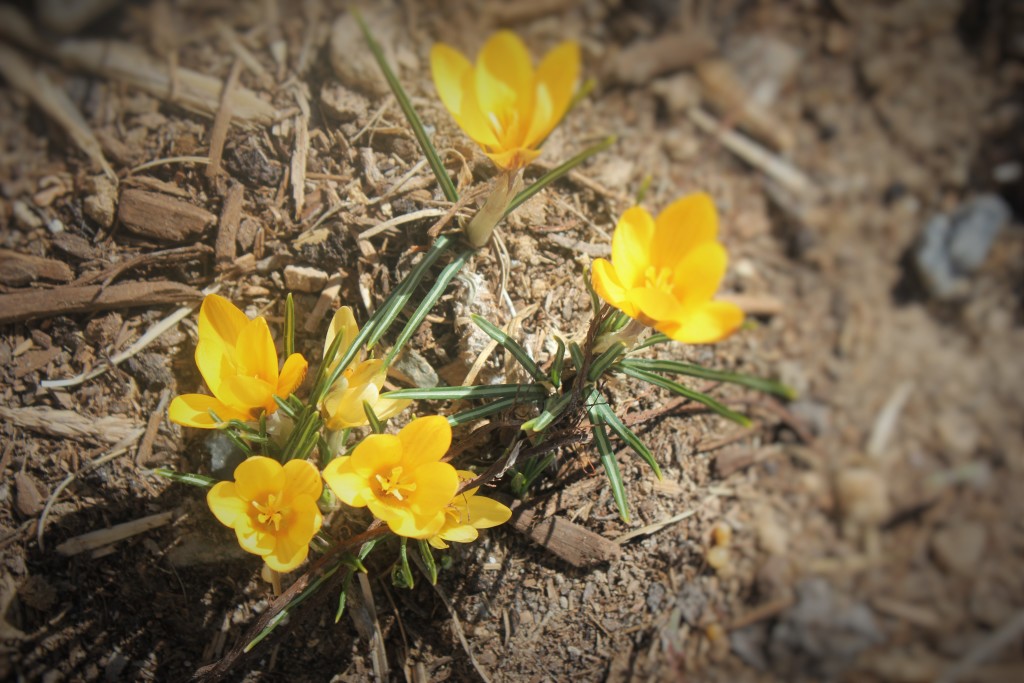
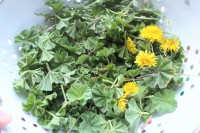



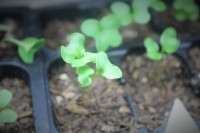
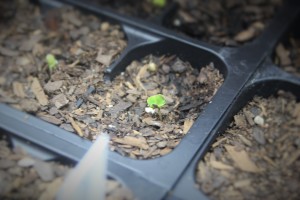 These little guys are our summertime meal of cabbage sautéed in butter, this autumn’s baked cabbage with sausage and next winter’s sauerkraut. We love our cabbage.
These little guys are our summertime meal of cabbage sautéed in butter, this autumn’s baked cabbage with sausage and next winter’s sauerkraut. We love our cabbage. 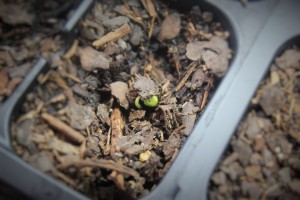
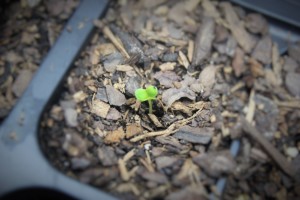
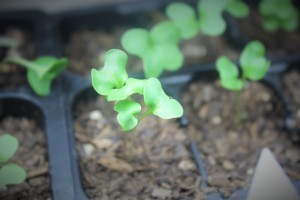
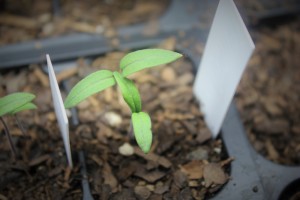
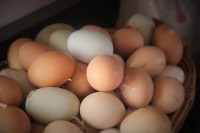
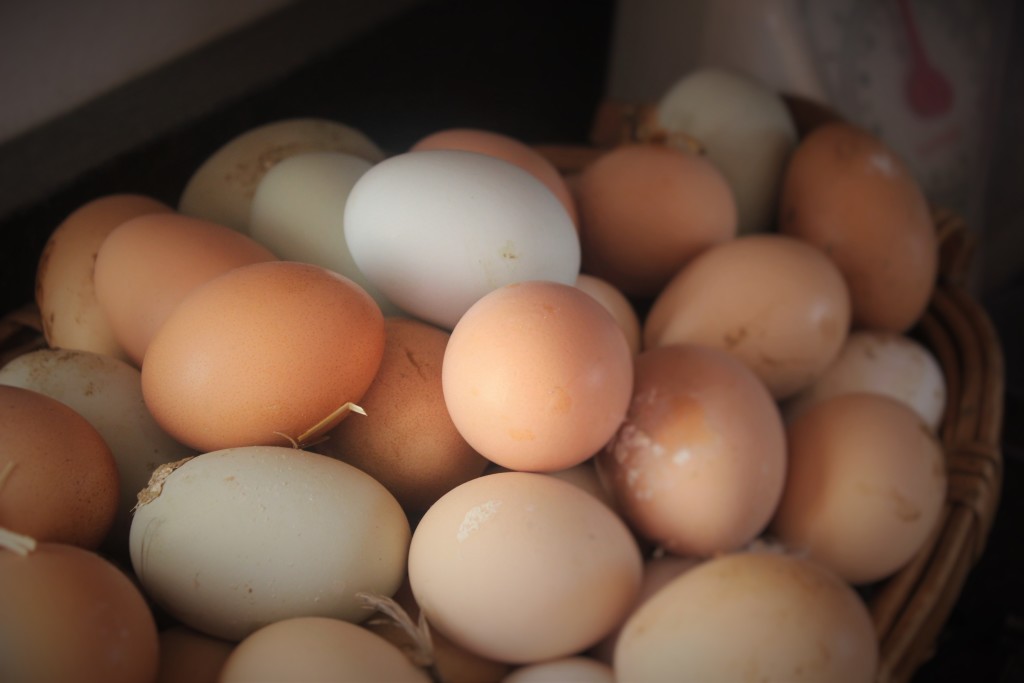
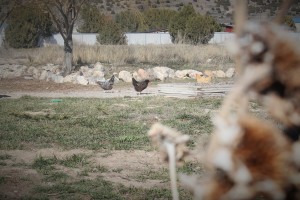
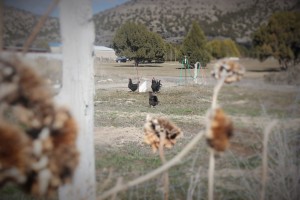
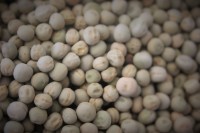
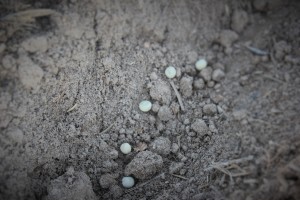 Because of the size of her seeds she is very easy for little fingers to sow. There is much excitement when the first blossoms and peas pods appear on her bushes, for the children know they had a part in their creation.
Because of the size of her seeds she is very easy for little fingers to sow. There is much excitement when the first blossoms and peas pods appear on her bushes, for the children know they had a part in their creation. 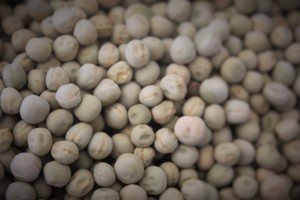 In the warmer days of May, when the summer heat starts flirting on the backs of our necks, we will be out picking our peas, giving thanks for the bounty and sharing it with others.
In the warmer days of May, when the summer heat starts flirting on the backs of our necks, we will be out picking our peas, giving thanks for the bounty and sharing it with others.